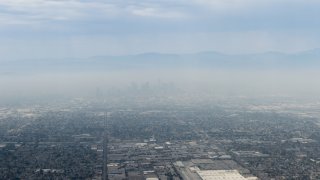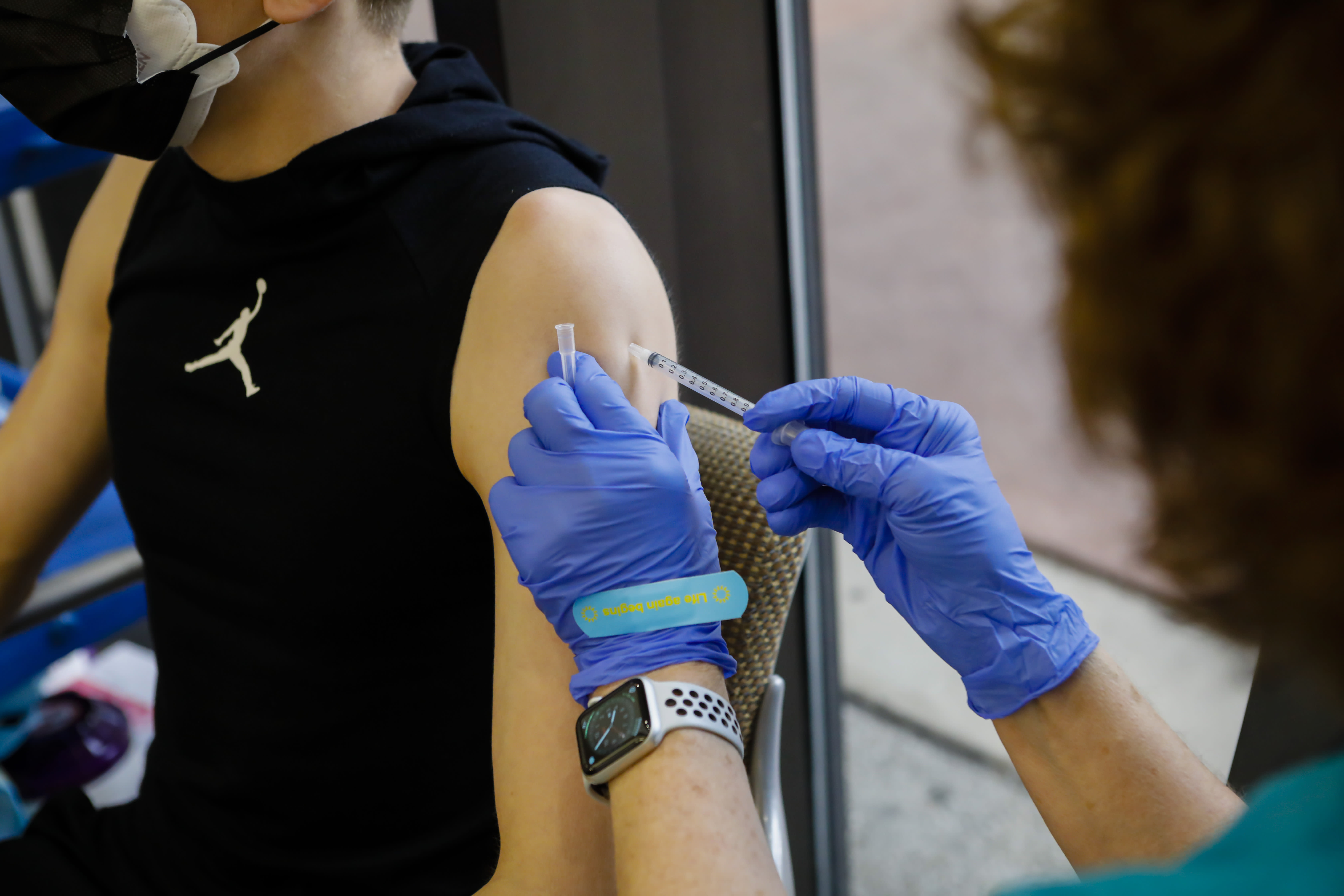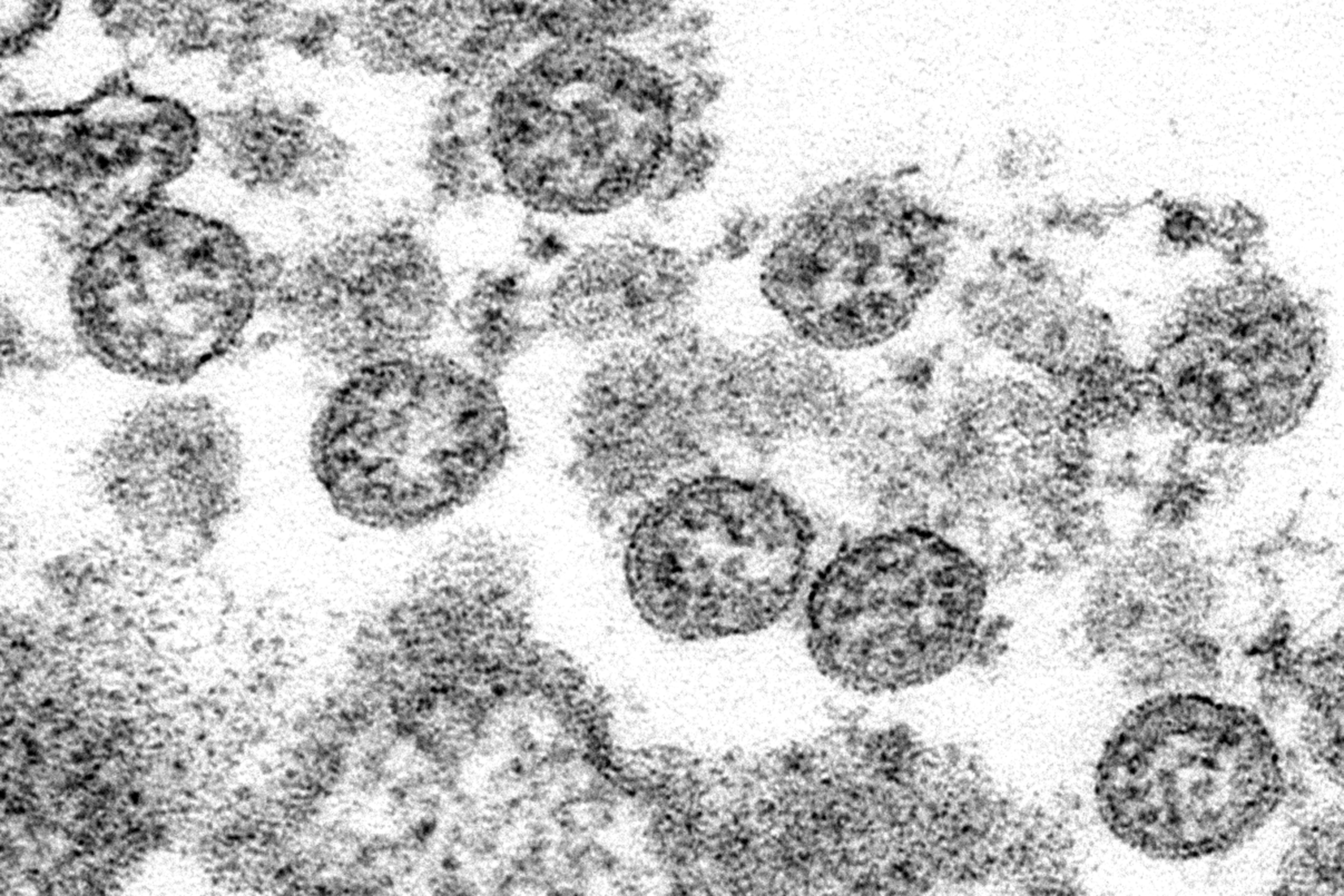
Long-term exposure to poor air quality increased the risk of COVID-19 throughout the country last year, according to research announced Wednesday from a UCLA-led team.
The research found that counties with higher exposures to poor air quality historically, saw higher county-level COVID-19 mortality rates in 2020, with a 7.6% increase in COVID-19 risk with a one-unit increase of 2.5 micrometers, or PM2.5. The use of preventative measures -- like stay-at-home orders and masking -- reduced the risk of COVID-19 by 15% and 8%, respectively, but did not reduce the increase of incidence in counties with poor air quality.
"This is evidence that long-term exposure to poor air quality increased the risk of COVID-19 during each surge, and cumulatively, in the United States," said Dr. Zuo-Feng Zhang, UCLA Fielding School of Public Health distinguished professor of epidemiology and associate dean for research. "And although both state-level implementation of face masks mandates and stay home orders were effective in preventing the spread of COVID-19, no clear effects were observed in terms of long-term exposure to fine particulate matter."
The research -- "Long-Term Exposure to PM2.5, Facemask Mandates, Stay Home Orders and COVID-19 Incidence in the United States" -- is being published in the June edition of the peer-reviewed International Journal of Environmental Research and Public Health. The co-authors include researchers from UCLA, FSPH, the David Geffen School of Medicine at UCLA, and the State University of New York, Buffalo.
Get Southern California news, weather forecasts and entertainment stories to your inbox. Sign up for NBC LA newsletters.
Both the importance of improving air quality and protective measures should be considered as among the "lessons learned" from the pandemic for policy makers and the public, said Dr. Jody Heymann, a UCLA distinguished professor of public health, public policy, and medicine, and a co-author.
"The burden of environmental risks is grossly unequal in the US and globally," said Heymann, a physician and public policy expert who serves as director of FSPH's WORLD Policy Analysis Center. "This study raises profound concerns about one more way that elevated exposure to air pollutants likely has serious consequences for the health of all people in the U.S. and fuels health inequalities experienced by communities of color and low-income communities. There is an urgent need to lower the long-term exposure to fine particulate matter for those with the greatest exposure in the U.S. and to create a healthy environment across all locations where adults live and work and children learn and play."
Some 3,096 counties across the U.S. were included in the study. As of September last year, the average COVID-19 incidence in the U.S. was 2.6%, with a median of 1.27%. Counties with COVID-19 incidence greater than the national median had higher average fine particulate matter concentrations, earlier occurrences of the first case, more tests performed, and were less likely to reopen.
"The health problems, in turn, appear to be connected with increased susceptibility to COVID-19 via chronic respiratory inflammation, which predisposes individuals to the disease (and) increased vulnerabilities to any viral infection, including COVID," said Dr. Jianyu Rao, FSPH professor of epidemiology and pathology.
Higher population densities, higher proportions of Black and Hispanic residents, a larger percentage of people living in poverty, higher populations with less than a high school education and fewer owner-occupied properties were found in the counties with increased incidences of COVID-19.
The study is subject to some limitations, the authors said, including that both exposure and COVID-19 incidence are measured at county/state level, not at the individual level. Overall, however, the findings show that long-term exposure to fine particulate matter is a risk factor, and that the levels of exposure in the U.S. are sufficiently high to increase the risk of COVID-19.



